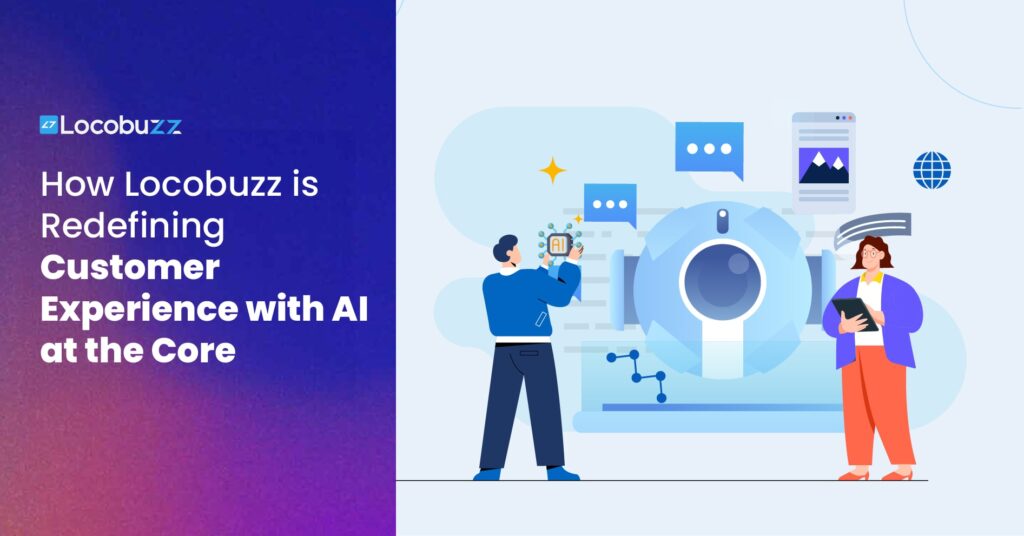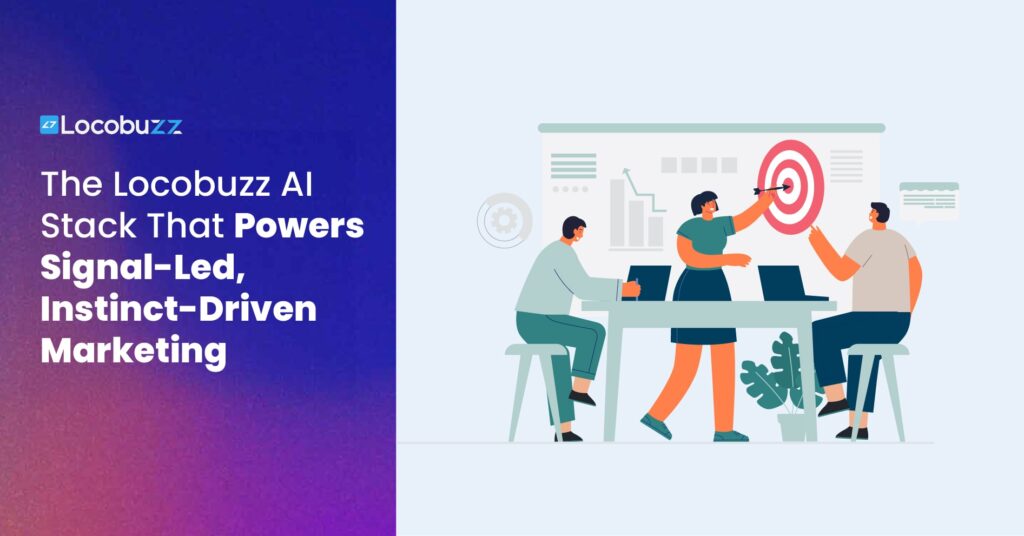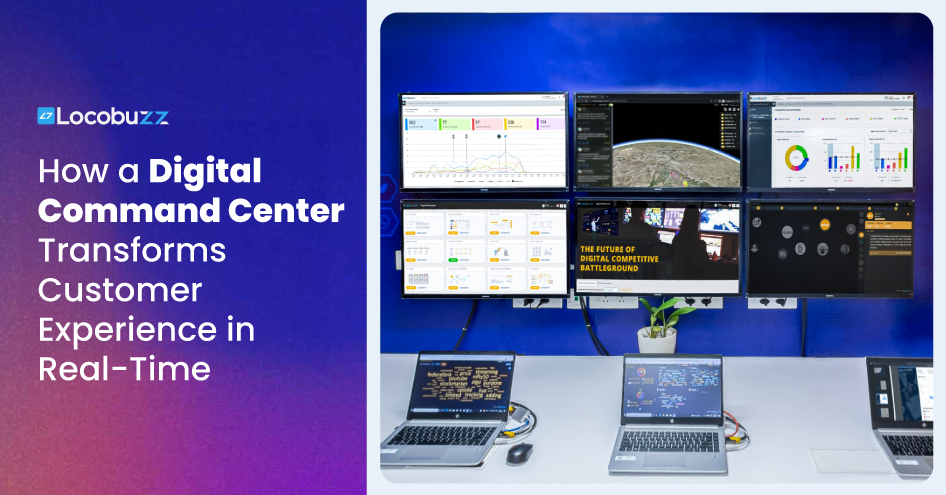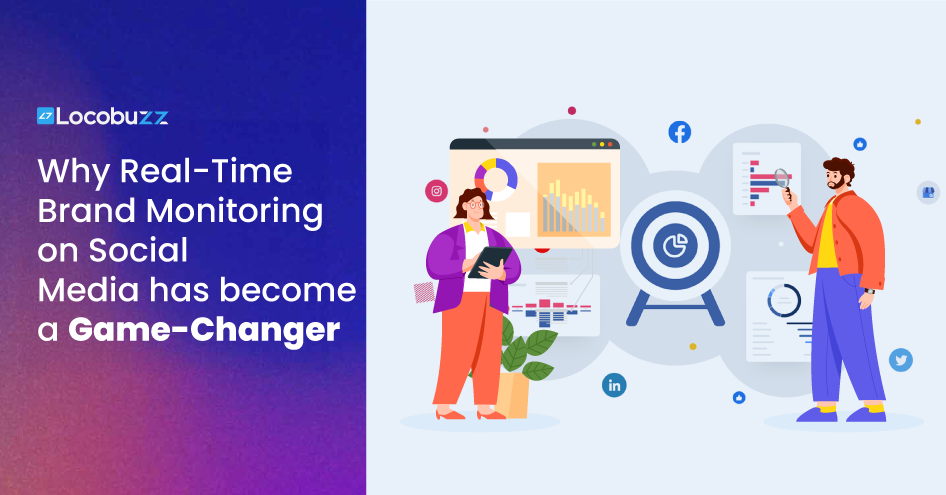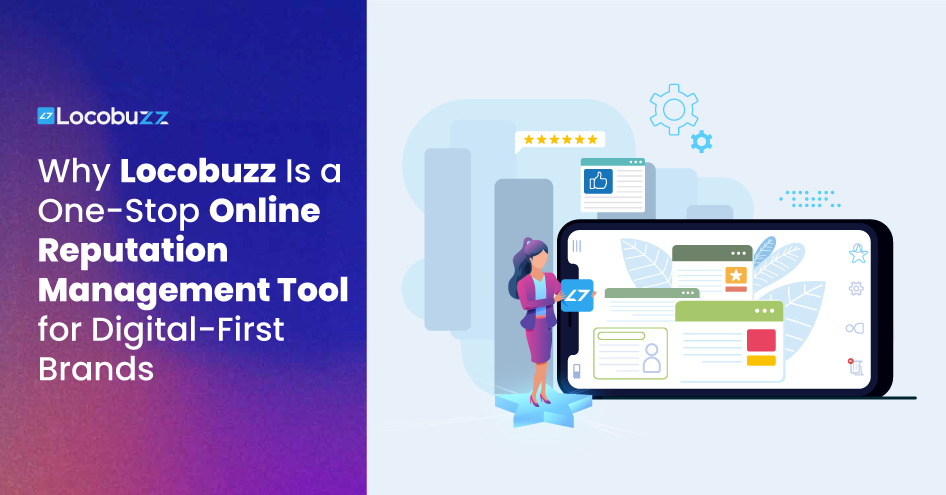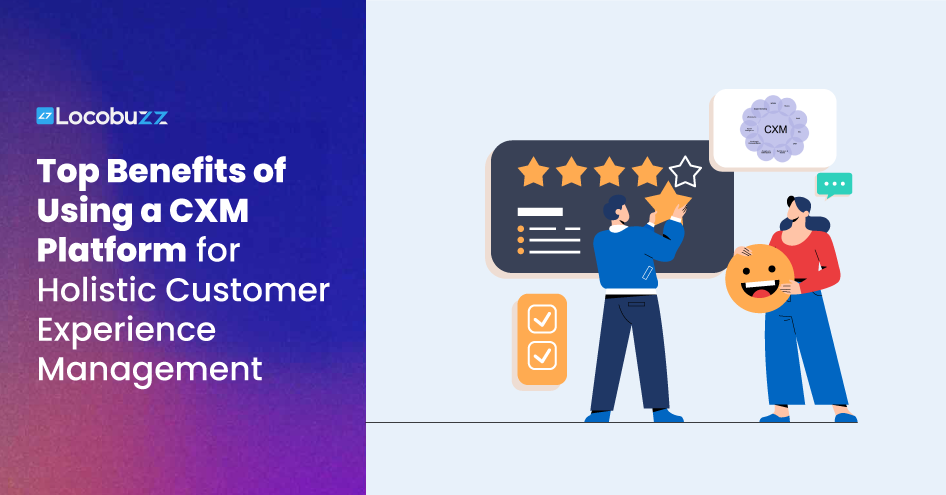How Locobuzz is Redefining CX with AI at the Core
Customer experience is no longer a function, it’s the frontline of competitive advantage. But the real edge doesn’t come from dashboards or data. It comes from intelligence so sharp, it stops feeling like insights, and starts feeling like instinct. From knowing, not guessing what customers need before they ask. That kind of instinct used to be rare. Now, it’s engineered. At Locobuzz, we’ve architected a platform where AI isn’t an add-on, it’s the operating system. A platform that unifies CX, digital care, marketing intelligence, automation, and analytics into a single, intuitive platform. From intelligently triaging complex ticket inflow to emotion-aware insights, every interaction, every signal, every decision is powered by real-time AI. We don’t just enable customer experience teams to listen; we help them anticipate, respond, and lead. Locobuzz enables teams to move from fragmented workflows to fluid, intelligent action. Because the world’s greatest innovations weren’t born from data. They were born from instinct. And we’re building that instinct into the very core of CX, for every CX and marketing team baked into every workflow, in real time. Why Today’s CX & Marketing Teams Need a Whole New OS Legacy tools weren’t built for the way brands operate today. Fragmented channels, unpredictable customer journeys, surges of data with no signal, and expectations that scale faster than your team ever can. And when teams are forced to toggle between dashboards, export data into decks, and act on lagging metrics. It’s not just inefficient, it’s dangerous. You miss moments. You misread sentiment. You react instead of lead. What today’s teams need isn’t another tool. They need an intelligent layer that connects the dots before humans can. A system that sees around corners, automates what should never be manual, and elevates the role of human teams into one of leadership, not reaction. Thats where Locobuzz shines through. Locobuzz isn’t a tool for managing CX. It’s the command centre for building it. For Marketing Teams: From Chasing Trends to Creating Them Marketing today isn’t about monthly reports; it’s about minute-by-minute intuition. But most marketers still rely on stitched-together tools, siloed insights, and campaign metrics that show up after the moment has passed. Locobuzz changes that too. With AI-powered signal detection, marketers see what’s building before it peaks. Trends are tracked at the seed, not the headline. Customer sentiment, pain points, and product love surface in real time and not in post-mortems. Campaigns don’t operate in isolation. They’re fuelled by live CX data, customer feedback loops, and real-time reputation signals. You get instant answers to questions like: What are our customers loving today? Which content triggered replies, and which silence? Are we leading the conversation or following it? Locobuzz puts marketing in the driver’s seat where instinct is powered by intelligence. For CX Teams: From Managing Noise to Mastering Nuance Customer Experience today is no longer about response times alone. It’s about relevance, empathy, and precision at scale. But when teams toggle between tools, sift through irrelevant alerts, and rely on lagging indicators, they lose more than just time; they lose trust. Locobuzz changes that. It brings contextual intelligence to the frontline. Escalations aren’t based on volume, they’re driven by urgency, emotion, and your brand’s tone of voice. Conversations aren’t missed in the chaos, they’re surfaced in real time, tagged, prioritized, and nudged into workflows that your teams can act on instantly. From social DMs to app reviews, from WhatsApp to email, Locobuzz sees every customer signal and connects the dots before they break. No more copy-pasting into decks. No more manual reporting. Just real-time visibility. Intelligent routing. Unified context. So CX teams stop reacting and start leading. Locobuzz sees every customer signal and connects the dots before they break. The Result? One System. Two Power Teams. Total Harmony. Marketing and CX don’t just align. They move as one. Insights from service interactions directly inform creative strategy. Live customer feedback flows into content decisions. Every touchpoint becomes a chance to listen, learn, and lead. This is how modern teams scale: Connected data. Connected teams. Connected decisions. Because CX and marketing leaders don’t need more dashboards. They need a real-time intelligence layer that makes sense of the noise, sharpens instinct, and unlocks proactive, precise action. That’s what Locobuzz delivers. Not just a tool, but the OS for brands that want to move smarter. It equips you with a system that recognizes intent, decodes emotion, spots patterns early, and moves with clarity across every channel, touchpoint, and workflow. Escalations are based on urgency, context, and your brand’s tone of voice, not just keywords. Crisis signals are identified early, with clear paths to action. Trends are mapped as they form, giving you the edge to lead conversations instead of reacting to them. Marketing and CX don’t just coexist, they operate in sync. Insights from service interactions instantly inform campaign strategies. Customer feedback feeds directly into creative decisions. Real-time listening fuels real-time action whether that means a faster reply or a smarter marketing push. This is how CX and marketing scale with precision: connected data, connected teams, connected decisions. CX and Marketing leaders today don’t need more dashboards. They need real-time, AI-powered instincts. That’s what Locobuzz delivers. Meet the AI OS that redefines how modern brands operate Locobuzz isn’t just a smarter way to manage CX and marketing. It’s a whole new operating system designed to meet the complexity and urgency of the modern brand landscape. Powered by AI at the core, it works not in silos, but as a living, learning, deeply connected ecosystem. Every feature is built to close the gap between insight and action, customer expectation and brand response, fragmented teams and unified execution. From the moment a customer tweets, calls, reviews, or comments, the OS begins working behind the scenes, listening, interpreting, tagging, and even suggesting what should happen next. Let’s start at the core. For Marketing Teams: Staying Ahead of the Conversation The Locobuzz AI OS surfaces what matters before it becomes a headline. With ContextualPulse™ you can uncover how people feel, it
How Locobuzz is Redefining CX with AI at the Core Read More »
 Skip to content
Skip to content
